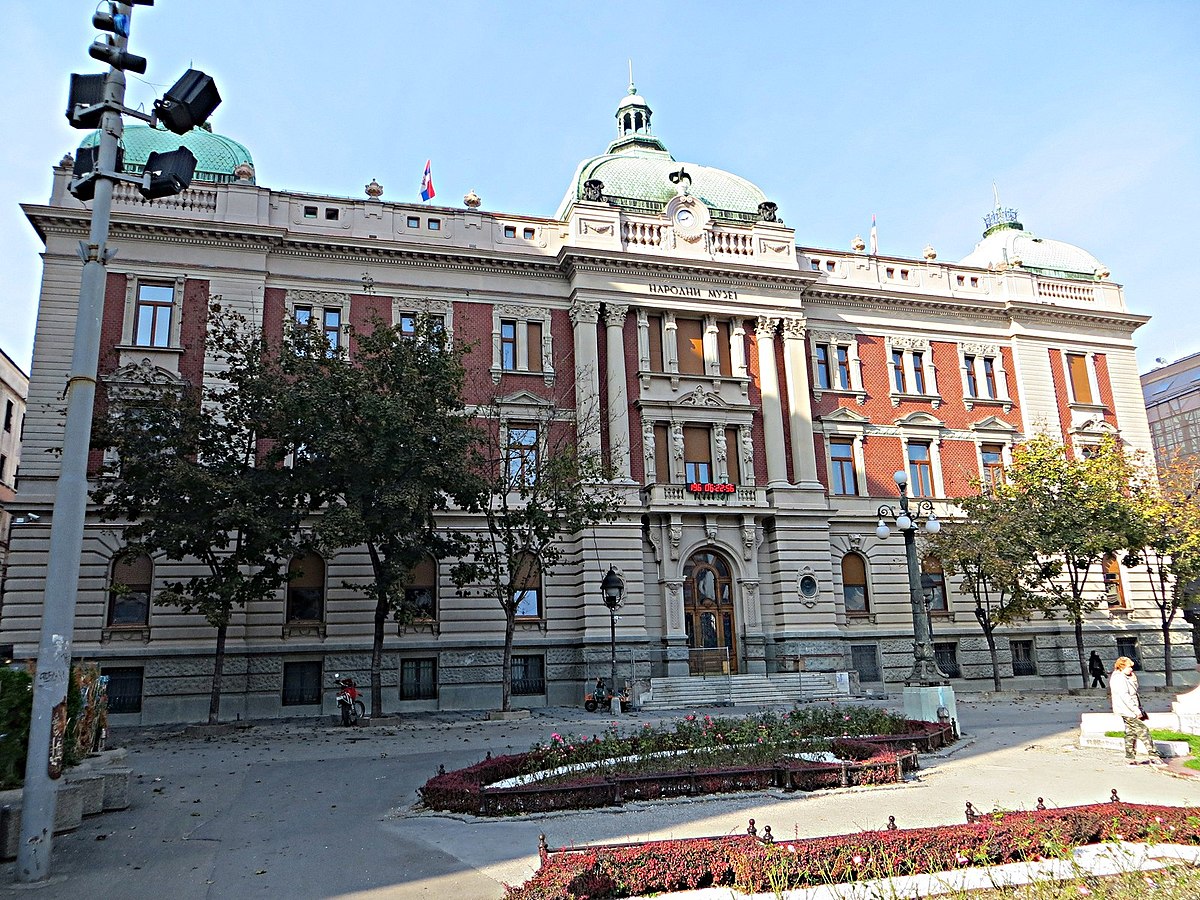Art and Culture
Serbia reopens National Museum after 15 year renovations

Hundreds of citizens flocked to the National Museum in central Belgrade late on Thursday as it opened its doors after a ceremony attended by the country’s prime minister and public figures. (Photo By Mister No, CC BY 3.0)
BELGRADE, Serbia — Serbia has reopened the country’s main museum, 15 years after it was closed for renovation following neglect during the era of wars and economic crisis in the 1990s.
Hundreds of citizens flocked to the National Museum in central Belgrade late on Thursday as it opened its doors after a ceremony attended by the country’s prime minister and public figures. A promotion video for the occasion featured Ukrainian ballet star Sergei Polunin, who also holds a Serbian passport.
The museum holds a collection of key archaeological findings from the area, important works of key Serbian artists but also works by Pablo Picasso and Edgar Degas. Its years-long closure had drawn public criticism of the government’s policies toward culture.
Prime Minister Ana Brnabic said she was “endlessly happy and proud” that her government finally has finished the job. She said the museum’s ordeal symbolizes the era “when culture was marginalized.”
“This is an important step toward the future that we are now building,” said Brnabic. “We finally return the National Museum to all our citizens.”
Serbia went through a decade of economic and social decline during the 1990s when international sanctions were imposed on the country because of its warmongering policies.
The populist authorities of Serbian President Aleksandar Vucic, himself a former nationalist, have pledged to boost culture as the country seeks to join the European Union.
Serbia’s Museum of Contemporary Art also reopened last year after years of renovation.
The reopening ceremony for the National Museum included a children’s choir and a video display on the building’s facade on a central square in Belgrade.
The citizens who attended the ceremony were thrilled as the museum remained open for visitors until the early hours on Friday.
“If we don’t nourish the past … we can’t become a modern society,” said Ljiljana Gakovic. “The idea is to guard and nourish one’s past and transfer the knowledge to next generations.”





















